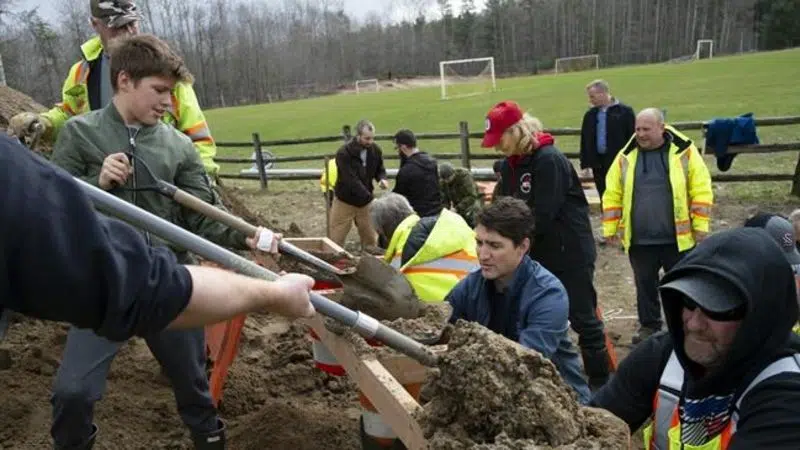
Tough times ahead in flood-stricken Quebec, premier warns
MONTREAL — Quebec’s premier warned Saturday of tough times ahead in parts of the flood-stricken province even as waters began to recede in some regions.
The water levels in the corridor along the St. Lawrence and Ottawa rivers between Montreal and the boundary with Ontario aren’t expected to peak before Monday or Tuesday, Francois Legault told reporters after being briefed by officials with the province’s hydro utility.
“What I would tell flood victims is have courage,” Legault said. “We have another few days that will be difficult. Another few days and we’ll get there.”


